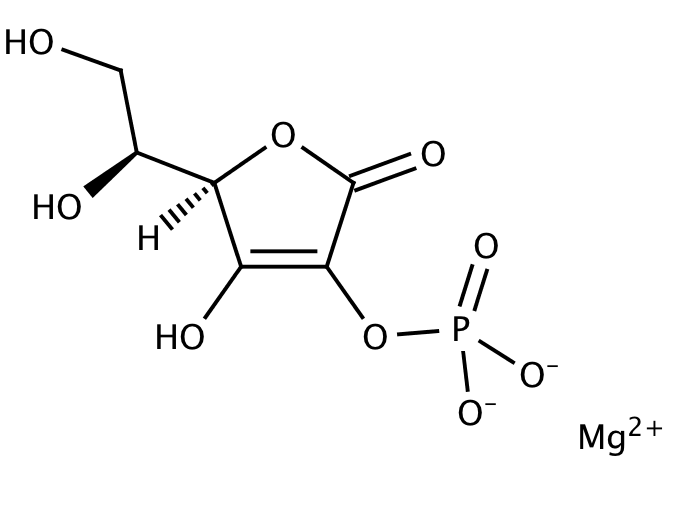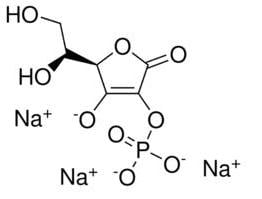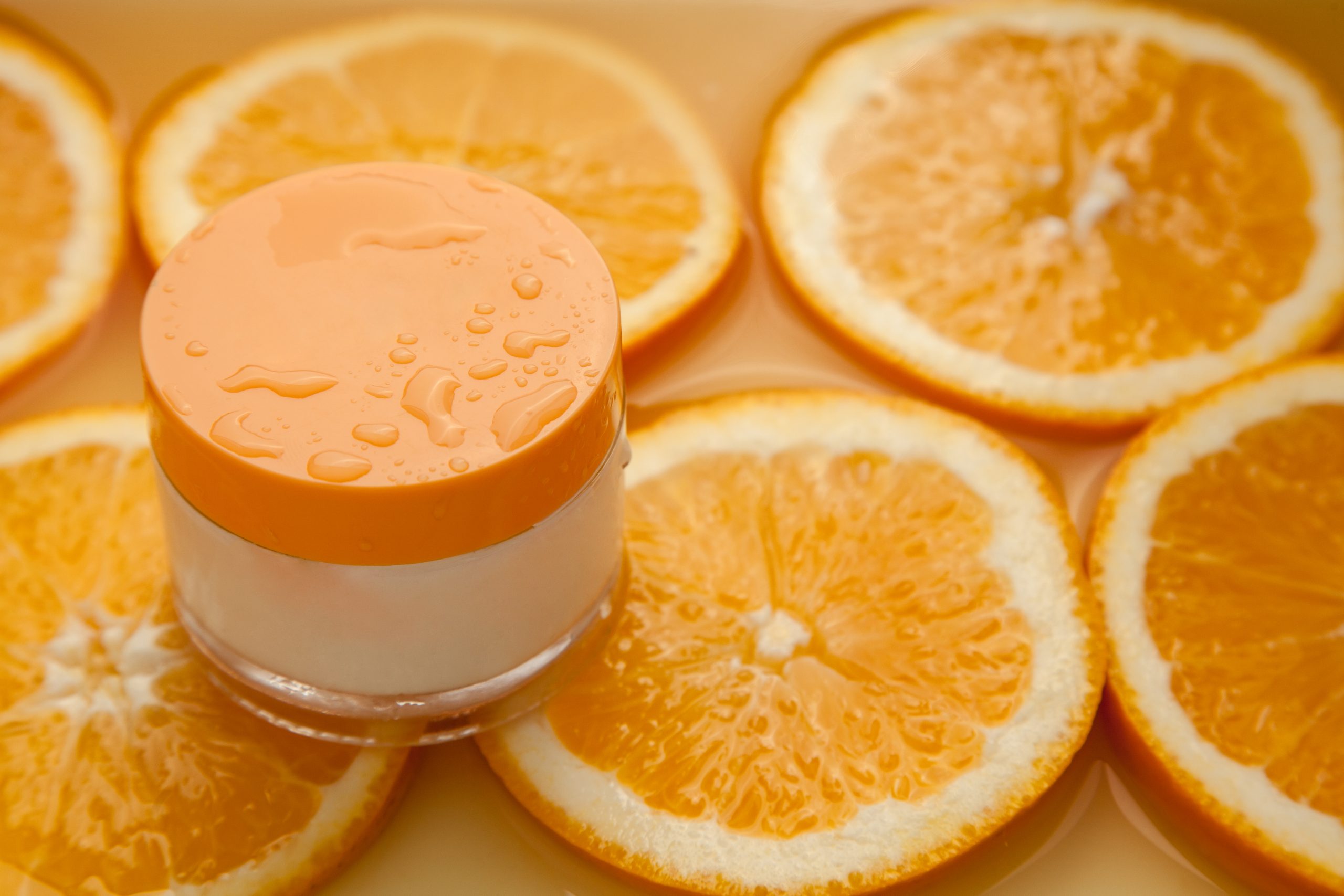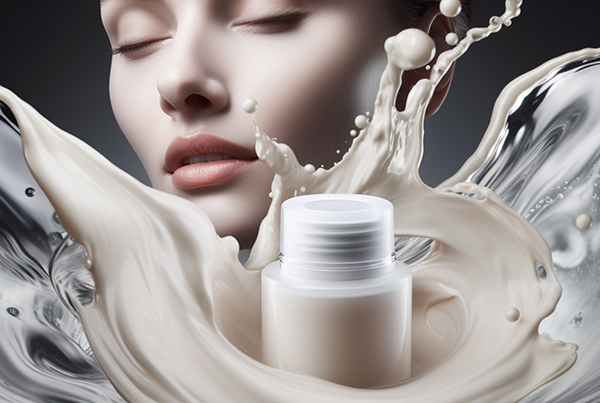Vitamin C is a well-known and widely used ingredient in the skincare industry due to its numerous benefits for the skin. Two popular vitamin C derivatives used in skincare products are 3-O-ethyl-L-ascorbic acid and L-ascorbic acid, which share the same INCI name of Ethyl Ascorbic Acid. These derivatives are known for their ability to brighten dull skin, protect it from free radicals, eliminate hyperpigmentation, and stimulate collagen production. While both derivatives have their own benefits and limitations, they are both effective in improving skin health. 3-O-ethyl-L-ascorbic acid is more stable, which makes it a preferred choice for some skincare products, while L-ascorbic acid is more potent and has been extensively researched. Other vitamin C derivatives, such as ascorbyl-6-palmitate and magnesium ascorbyl phosphate (MAP), are also worth considering and trying out for their potential benefits. Overall, vitamin C and its derivatives are excellent active ingredients to add to a skincare routine, providing a safe and effective way to improve skin health and appearance.What Is L-Ascorbic Acid?
Vitamin C is available in a wide variety of active forms.
Among all chemical formulations, L-ascorbic acid is the most biologically active and well-researched. It works better at a concentration range of 10-20%; greater than 20% doesn’t improve levels in the skin or biological significance.
Even though L-ascorbic acid is potent and effective, it easily oxidizes under light exposure, heat variations, pH change, and the presence of other ions. It will only stay active in skincare products for a short shelf life before oxidizing and turning brown.
Indeed, L-ascorbic is a highly unstable vitamin C derivative. It is a hydrophilic and charged molecule, which translates into poor skin penetration. These two features mean that L-ascorbic acid will immediately bind to water molecules upon contact with the skin, making it difficult to pass through the deep skin’s hydrophobic layers.
L-ascorbic acid stability and antioxidant properties can be greatly improved when combined with vitamin E and ferulic acid. These adjuvants reduce the acidity of the L-ascorbic acid molecule to a pH below 3.5, changing the molecule to an uncharged state and increasing its stability and skin permeability.
However, this can result in skin irritation, especially for skin-sensitive types, as the skin’s natural pH is around 4.75-5.5.
The Difference Between 3-O-Ethyl-L-Ascorbic Acid and L-Ascorbic Acid
However, the advantage of ethyl ascorbic acid over L-ascorbic acid is that it does not oxidize as quickly. Oxidation is a significant problem with L-ascorbic acid, which makes it less effective over time. Ethyl ascorbic acid, on the other hand, remains potent for a longer time, making it a better option for skincare products. Furthermore, it has a neutral pH, which makes it less irritating to the skin, unlike L-ascorbic acid, which has a low pH and can cause skin irritation. It is worth noting that ethyl ascorbic acid is not a replacement for L-ascorbic acid, but rather a complementary ingredient that can enhance the effectiveness of vitamin C in skincare products. Overall, the emergence of vitamin C derivatives such as ethyl ascorbic acid has revolutionized the skincare industry by providing more stable, gentle, and effective options for consumers.
Other Vitamin C Derivatives
There are more derivatives of vitamin C than you might think, and while they work in the same way and have similar effects, there are subtle differences between them as well.
MAGNESIUM ASCORBYL PHOSPHATE

Magnesium ascorbyl phosphate (MAP) is considered a highly stable vitamin C derivative. It is deemed to be light-stable and oxygen-stable. MAP formulated in aqueous solutions can retain up to 95% of its potency at 40°C without needing any pH adjustment.
MAP comes in concentrations around 5%. It has a neutral skin pH (pH: 7) which makes it skin-friendly, reducing the likelihood of skin sensitivity and irritation. Also, it makes it easy to formulate, with no conflicts with other actives.
Magnesium ascorbyl phosphate, like other vitamin C derivatives, is converted in the body to L-ascorbic acid. Thus, effectiveness depends on skin conversion of MAP to L-ascorbic acid. This limits its benefits to the skin and, so far, studies on efficacy have been mixed.
SODIUM ASCORBYL PHOSPHATE

Sodium ascorbyl phosphate (SAP) is a stable, water-soluble form of vitamin C that combines ascorbic acid with a phosphate and a salt. It is used in formulations with a concentration between 1% and 5%.
SAP ultimately converts into ascorbic acid once the skin absorbs it. This conversion step is what makes it less active and less effective. However, it is less likely to cause irritation.
Sodium ascorbyl phosphate is known as one of the more stable forms of vitamin C and is light-, oxygen-, and water-stable. Between all vitamin C derivatives, it seems that sodium ascorbyl phosphate is more stable than magnesium ascorbyl phosphate in the long-term studies.
Additionally, it has well-proven anti-microbial properties that make it ideal for acne-prone skin types or as an effective adjunct for acne treatment.
ASCORBYL GLUCOSIDE
This vitamin C derivative adds a modified sugar group to the ascorbic acid structure, making it more stable to the light. Additionally, this molecule remains stable at various pH, making it easier to use in different formulations.
Once ascorbyl glucoside is absorbed deep into the skin, an enzyme called alpha-glucosidase breaks it down into l-ascorbic acid, giving more sustained release of vitamin C on the skin without further irritation.
While ascorbyl glucoside is only 50% as potent as pure vitamin C, because it is more gentle and stable, you can rest assured that it’s working; especially its collagen stimulating and tyrosinase inhibiting properties.
ASCORBYL PALMITATE
Ascorbyl palmitate, also known as ascorbyl-6 palmitate, is a stable, lipid-soluble (lipophilic ester) form of vitamin C. It is the result of combining ascorbic acid with a fatty acid known as palmitic acid.
Unlike L-ascorbic acid, ascorbyl palmitate does not degrade in formulas containing water, and gel-cream vehicles might be best at a concentration of 0.1–1%. The optimal pH for this molecule is around 5.5 (neutral pH), which is near the skin’s natural pH.
Ascorbyl palmitate is lipid-soluble, so it can penetrate the skin better than L-ascorbic acid and other water-soluble forms of vitamin C. The downside is that its conversion to vitamin C isn’t as efficient as other forms (such as tetrahexyldecyl ascorbate).
It has demonstrated antioxidant properties, particularly at reducing environmental damage, including UVB radiation. However, there’s no proof it boosts collagen production or brightens skin. Additionally, it is just as unstable as L-ascorbic acid. Hence, its shelf life is very short.
A Final Word
There are many vitamin C derivatives but the most talked about are L-ascorbic acid (pure vitamin C) and the gentler 3-O-ethyl-L-ascorbic acid.
Clinical studies on the efficacy of different formulations of topical vitamin C in human skin are limited. One study may show clear benefits of a derivative, while others could demonstrate no efficacy.
The chemical structure is of utmost importance, but also, the type of formulation (vitamin C moisturizer or serum) can have a significant impact on the efficacy of the product.
Formulation is everything when it comes to vitamin C products! The challenge is developing a stable formulation with the most efficient transepidermal delivery method to maximize the concentration of active vitamin C in the skin.





